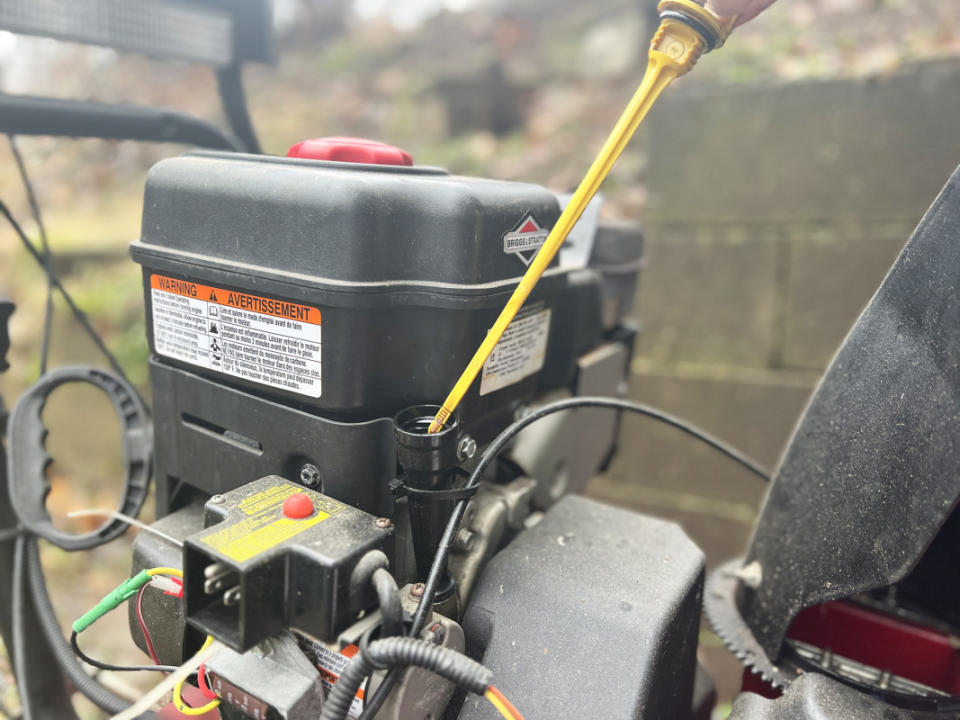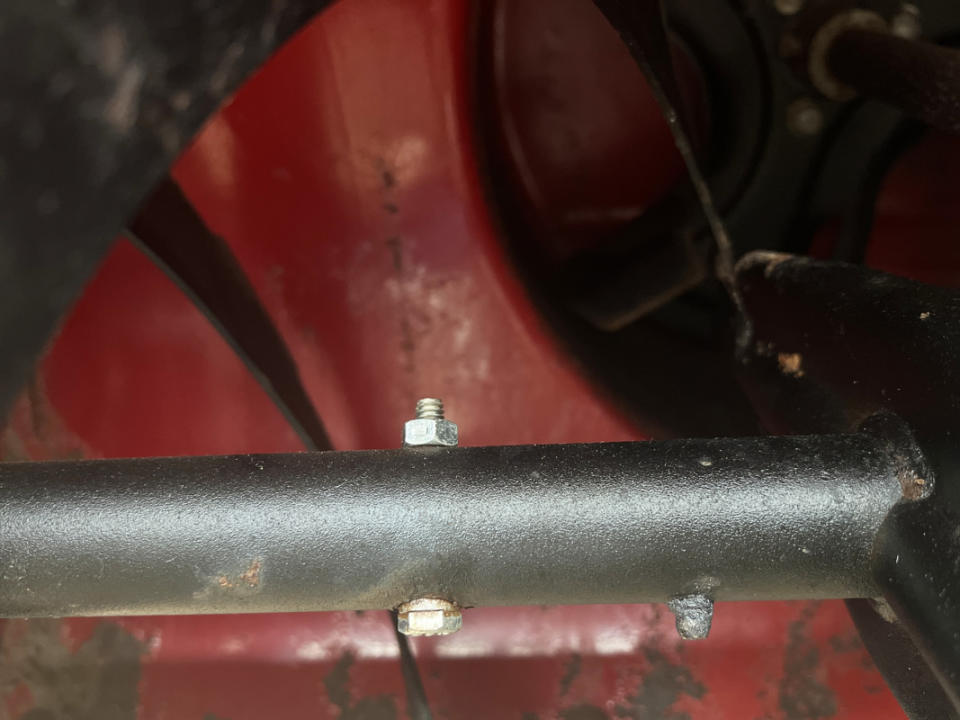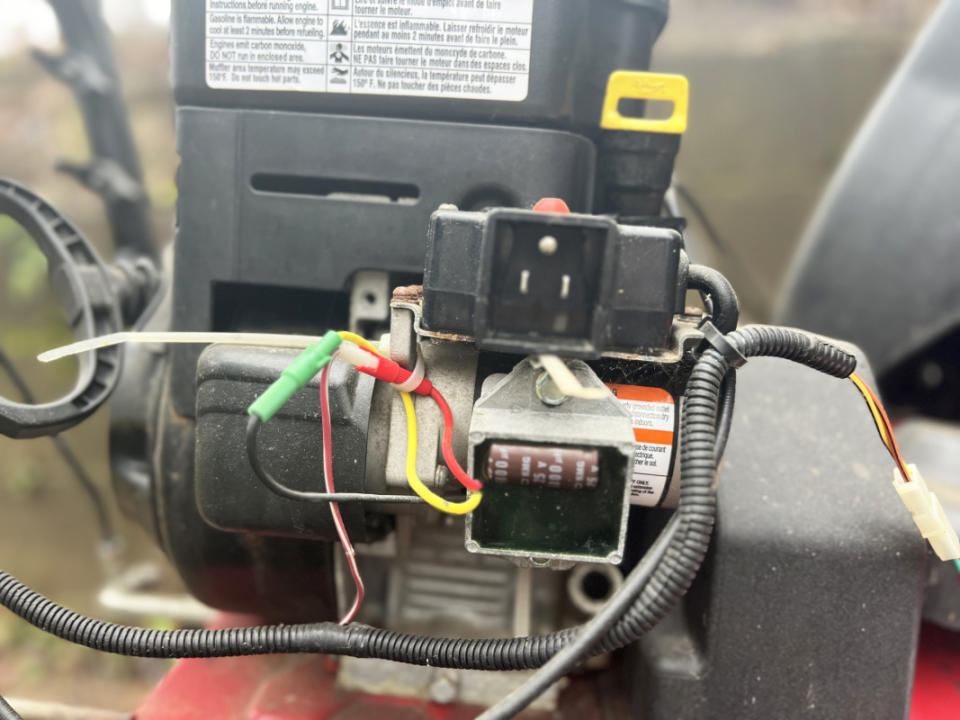How to Tune Up Your Snowblower
Tuning up your snowblower for winter helps ensure that it can operate smoothly and efficiently during the snowy season. Whether you have a single-stage snow blower or a more powerful two-stage snow blower, taking care of your snowblower will help ensure that it's ready to roll when the flakes start to fly.
Tools and Materials You'll Need
Screwdrivers
Wrenches
Tire pressure gauge
Soft-Bristled Brush
Clean-Out Tool
Lubricant
Cleaning Cloths
Replacement parts (if needed)
Tune Up a Plug-in Electric or Battery-Powered (DC) Model
Use clean cloths to wipe down the entire unit. Doing so reduces dust and dirt that can affect controls and mechanisms.
Charge the batteries (DC models). Charge and store the batteries inside your garage or in a sheltered spot.
Check the condition of the power cord (plug-in models).
Check and tighten loose bolts and screws. The reverberation from the snow blower can cause these connections to loosen over time.
Lubricate moving parts
Check the tire pressure and fill the tires as needed
Notice bigger issues? There's still time to schedule snow blower repairs.
Related: Are You Prepared for an Early and Severe Winter?
Tune Up a Gas Model
Gas snowblowers require more maintenance over their lifespan.
Check the tire pressure and fill the tires as needed. Are the tires worn? This may be the year you replace them.
Tighten any loose bolts, visually inspect for worn belts and chains, and check for rust on the auger housing and other damage. You'll want to address any issues before they become bigger problems.
1. Fuel Up
Add fresh fuel. Ideally, you should have used a fuel stabilizer last season and haven't needed to drain the tank. If not, drain the stale fuel (safely!) from the fuel tank and fill it with fresh gasoline.
Check the snowblower fuel filter. Replace it if debris appears to be clogging the mesh screen, pleated paper, or the inside of the fuel filter casing.
Check the fuel lines, too. Look for cracks and leaks that indicate a need for replacement.
Choosing the right fuel. Use the correct fuel type recommended in your manual, generally unleaded with low ethanol content (less than 10%)

Emily Fazio
2. Check Oil Levels
Top off the engine with oil, if necessary.
Change the engine oil if you didn't at the end of the previous season. Refer to your manual for the recommended oil type and grade.
Related: How to Get Your Crawl Space Ready for Winter
3. Inspect and Change the Spark Plug
Inspect the snowblower spark plug. If you see any damage or wear, it's time for a spark plug replacement. A dirty spark plug is no good. Install a fresh spark plug so it's easier to start the engine.

Emily Fazio
4. Check the Belts, Chains, and Shear Pins
Check the snow blower belts and chains for wear. Replace them if cracked, frayed, or loose.
Make sure all the shear pins or shear bolts are in position. Missing any? They can loosen or wiggle out over time, but are easy to replace.

Emily Fazio
5. Check the Skid Shoes
Check for natural wear on the skid shoes. Plastic skid shoes wear down over time.
You can adjust the skid shoe height to prevent your snowblower from chewing the ground and driveway gravel. Set the skid shoes to the minimum depth so the scraper blade won't scrape the ground as it maneuvers its path.
Related: How to Make a Winter Emergency Kit for Your Car
6. Lubricate Everything
As specified in your manual, use a grease gun to all lubrication points, including auger shafts, gears, and chains. A fresh coating of silicone lubricant keeps moving parts working smoothly and prevents rust.
7. Give it a Test Run
Move the snow thrower into a well-ventilated area, and start it up. Let it run for a few minutes. Check for any leaks, unusual noises, or smoke. Engage the auger and controls to ensure everything functions properly.

Emily Fazio
8. Other Assorted Tasks
Consult your owner's manual for specific instructions and maintenance schedules for your model.
Sharpen the snowblower auger blades if they appear dull or chipped.
Having issues with the engine? A small engine repair specialist can help you troubleshoot and make repairs to extend the life of your snowblower.

